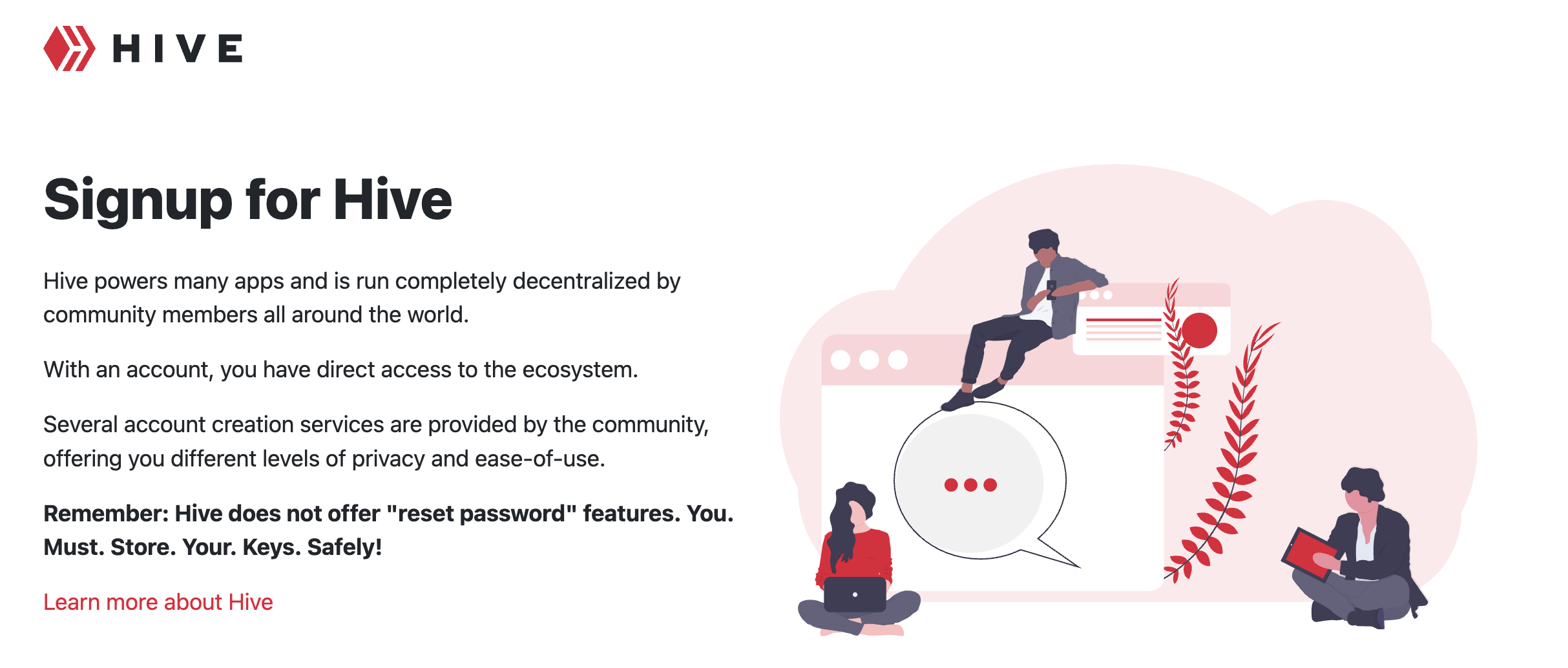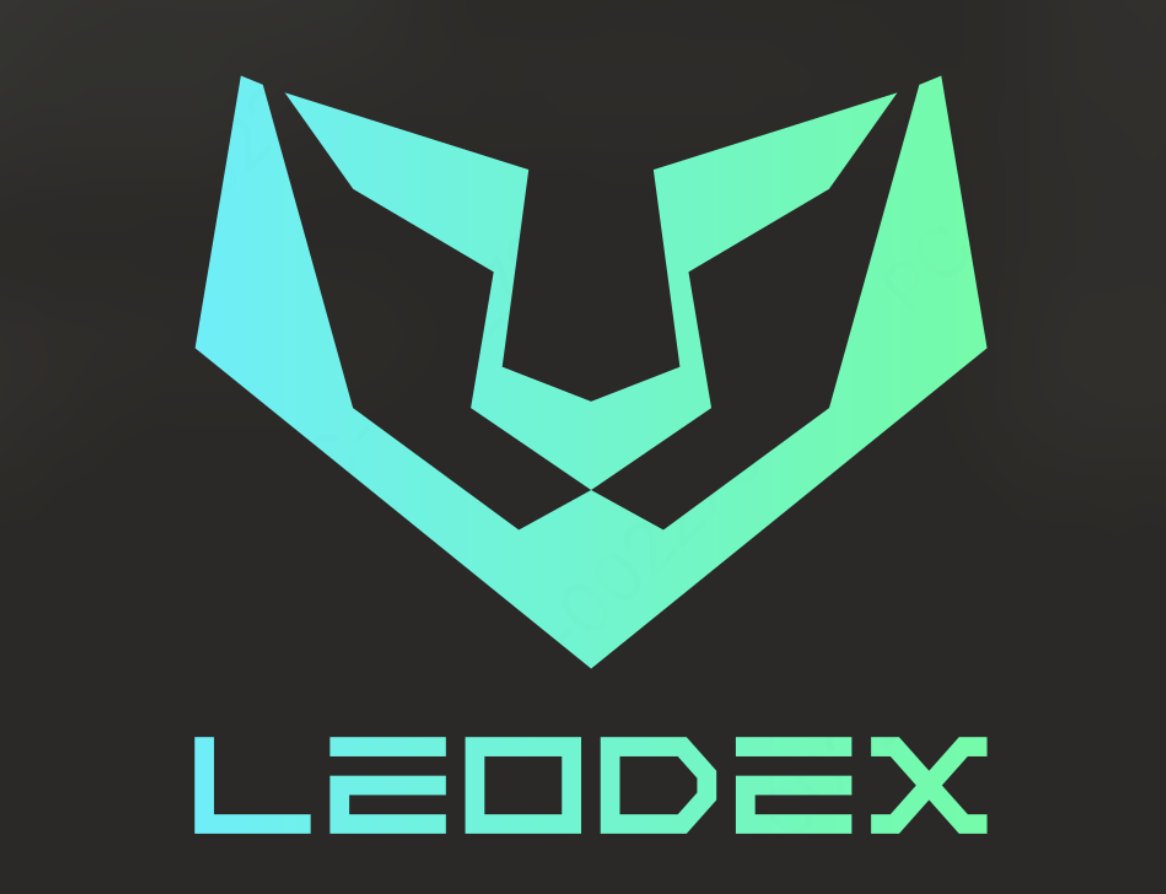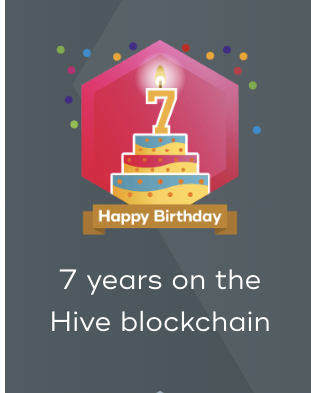Introduction: Let's explore the world of Bitcoin Perpetual Futures—or "Perps" as traders call them.

Bitcoin Perpetual Futures:
The Non-Stop Guessing GameImagine Bitcoin is a super-popular toy, and the regular price in the store is called the Spot Price.
1. The Regular Futures vs. The Perpetual Future
A Regular Futures Contract (Old Way):
This is like a ticket that lets you buy (or sell) the toy on a specific date in the future, like the last Friday of next month. Because everyone knows the ticket will expire and turn into the real toy on that date, the ticket price stays pretty close to the store price.
The Bitcoin Perpetual Future (New Way):
This is a special, magical ticket that never expires! You can hold it forever. It lets you bet on the price of Bitcoin without ever having to buy or hold the actual Bitcoin itself.
The problem is:
If the magical ticket never expires, what keeps its price close to the real store price (Spot Price)? That's where the Funding Rate comes in.
2. The Funding Rate:
The Price Police 👮
The Funding Rate is a small payment that happens between traders, usually every 8 hours. Its job is to act like a police officer and make sure the price of the "magical ticket" (Perpetual Future) doesn't stray too far from the real price of Bitcoin (Spot Price).Situation
Who Pays?
Why?
Magical Ticket Price is TOO HIGH The Buyers (Longs) pay the Sellers (Shorts)
This is a "fine" on the buyers for being too excited and pushing the price up. The payment encourages more people to become sellers, which brings the price down closer to the Spot Price.
Magical Ticket Price is TOO LOW The Sellers (Shorts) pay the Buyers (Longs)
This is a "fine" on the sellers for being too pessimistic and pushing the price down. T he payment encourages more people to become buyers, which brings the price up closer to the Spot Price.
The Big Idea:
The Funding Rate creates a cost or a reward that pushes traders to do what's needed to keep the future's price tied to the real-world price of Bitcoin.
3. Why Traders Love Perpetual Futures (And Why They're Risky)⚡️
Leverage (The Super-Booster):
Leverage means You can use a small amount of money (your Initial Margin) to control a very large position. This is like turning your toy car into a race car—it goes faster and can lead to bigger wins, but a tiny mistake (a loss in price) can make you lose your whole initial deposit much faster.
🚫 No Expiration:
You don't have to worry about your "ticket" running out of time. You can hold your bet for as long as you want (as long as you keep enough money in your account!). So, a Bitcoin Perpetual Future is an eternal bet on Bitcoin's price, and the Funding Rate is the special, periodic payment that keeps that eternal bet connected to the real price.
From Theory to Practice:
Let's walk through a simple example of a Bitcoin perpetual futures trade using the concepts we just discussed.
🚀 The Bitcoin Perpetual Futures Trade Example
Let's pretend a sixth-grader named Alex thinks the price of Bitcoin is going to go up.
Step 1: Opening the Position (The Initial Margin)
The Goal: Alex wants to bet on a big move, so he decides to control $10,000$ worth of Bitcoin.
The Price: The current spot price of Bitcoin is $50,000$.
The Leverage: The exchange offers $10x $ leverage, which means Alex only needs to put down $1/10$th of the total value.
Initial Margin (The Deposit): Alex deposits $1,000$ into his account. This $1,000 is his collateral to control the $10,000 position.
Maintenance Margin (The Safety Line): The exchange sets a safety line, the Maintenance Margin, at $500$. If the money in Alex's account drops below this, he'll get a margin call and might be liquidated.
Item Value
What it Means
Total Position $10,000$. The size of the bet.
Initial Margin $1,000}$. Alex's money needed to open the trade.
Maintenance Margin. $500$. The minimum money Alex must keep.
Step 2: The Price Goes Up! (A Winning Trade)
Let's say Alex was right, and the price of Bitcoin goes up by 10%. Bitcoin Price Change: The price of Bitcoin (and the perpetual future contract) goes up by 10%. Profit Calculation: Alex's entire $10,000$ position gained 10%$.$\$10,000 \times 10% = $1,000$ profit. Alex's Money Now: Alex started with his $\$1,000$ deposit. He gained $1,000$ profit. $1,000 \text{ (Initial Margin)} + $1,000 (Profit) = $2,000}$ The Result: Alex doubled his money, earning a $100% return on his initial $1,000$ in just a small price move!
Lets pause and examine what just happened... this is what my dad called a teachable moment...now that I have your attention with the profits...Ha HA HA...
Profit Calculation: Alex's entire $$10,000$ position gained $10% So,,,$10,000 \times 10% = $1,000}$ profit. What does that mean???
This is what it eans. The Magic of Leverage - The key is that the Perpetual Futures Contract allows Alex to control a large amount of an asset (Bitcoin) using only a small deposit.
- Controlling the Whole Position
The entire position of $10,000 worth of Bitcoin is made up of Alex's Money (Initial Margin): $1,000 plus Borrowed Money (The Exchange's Loan): $9,000$ (The total value of the position minus Alex's money) Total Position Value: $10,000 When Alex opens the trade, he is officially betting on the entire $10,000 worth of Bitcoin. The exchange or broker lends him the extra $9,000$ so he can make that big bet.
-
The Profit Applies to the Whole Amount When the price of Bitcoin goes up by 10%, it's the entire asset that increases in value, not just the part Alex paid for. The full $10,000 position gained 10 % The gain is: $10,000 times 10% = $1,000
-
The Money is Paid to Alex When Alex closes the trade: He keeps the $1,000 profit. He pays back the $9,000 he borrowed. He also gets his original $1,000 deposit back. The result: He turned his initial $1,000 into $2,000.
Lets take one more look and call it Money In Money Out
Alex's Final Result Put in $1,000 Borrowed 9,000$ Total now $10,000 Earned $1000 (10% of $10,000) New total $11,000 Repay borrowed $9,000 Remainder $2000 Remainder equals Original $1,000 Plus $1,000 Profit This is a win, this is why FUtures trading volume is greater then simple "SPOT Trading" as in by Bitcoin and wait for price to go up. Then sell Bitcoin.]
Do you get it?? 10x leverage allows you to multiple your capitol by ten and your But we need to discus the flipside or losses.
Step 3: The Price Goes Down (A Losing Trade and the Margin Call)
Now, let's look at what happens if Alex is wrong and the price of Bitcoin goes down.
Bitcoin Price Drops: The price of Bitcoin (and the perpetual future contract) goes down by 6%
Loss Calculation: Alex's entire $10,000$ position lost 6% $10,000 times 6% = $600$ loss.
Alex's Money Left: Alex started with $1,000$ and lost $600$. $1,000 is (Initial Margin)} - $600 (Loss)} = $400
The Problem (Margin Call): His remaining money is now $400.
This is below the Maintenance Margin of $500$.
The Call to Action: The exchange issues a Margin Call. This is a warning that says, "Alex, you must deposit more money right now to bring your account back above the $ 500$ safety line, or we will automatically close (liquidate) your trade!"
In short: Using a small deposit to control a large asset (leverage) can multiply profits quickly, but a small loss can wipe out your deposit just as fast, leading to the dreaded Margin Call!
Lets walk through a Margin Call.
What Happens After a Margin Call?
A Margin Call is like a final warning alarm. When Alex's account equity dropped to $400$ (below the Maintenance Margin of $500$), the exchange gives him two choices, which he usually has to act on very quickly:
Choice 1: Deposit More Cash (The Bailout)
💰Alex can quickly add enough cash to his account to get his balance back up to a safe level, often the original Initial Margin of $ 500$.
Current Money: $400$ Target Safe Level (Initial Margin): $500$ Deposit Needed: $500 - $400 = $100$ If Alex deposits the $100$, his account goes back up to $ 500$. His trade stays open, and he can wait for the Bitcoin price to hopefully go back up.
Choice 2: Liquidation
(The Automatic Closeout) ❌
If Alex does not deposit the money in time (usually a very short window, like an hour), or if the price of Bitcoin keeps dropping, the exchange will automatically close his trade.
This is called Liquidation.
Who Sells?: The exchange (or the broker) takes control of the position.
What is Sold?: They sell the entire $10,000$ Bitcoin position.
The Result: The $10,000$ position is closed for $9400
The exchange pays back the money that was borrowed to fund the position. Alex's remaining money 9400-9000 = $400 is used to cover the losses, and he ends up with whatever small amount is left $400.00 or sometimes nothing, if the price drops too fast).
The key takeaway for Alex:
Liquidation is the worst outcome because it guarantees the loss. Once his position is liquidated, the trade is over, he cannot benefit if the price goes back up later, and he has lost most of his original $1,000$ deposit.
Last words...
If you play this game... you need to know the rules and these scenarios by heart... Review them in your head....again and again, until it is automatic and you know instinctively what you need to do. You will have time...but you need to know what you need to act so save your money/collateral/capitol. Remember he who fights and runs away, will live to fight another day, He who stays and fights a losing game, will die and never be heard from again
As always... take responsibility for your winners and your losers. Trade only what you can afford to lose. Paper trade until you understand the risks. An experienced trader has won and lost, and learns from the losses and to help create the wins The school of hard knocks is at your door, answer it knowing you will get hit hard, that's why they call it Hard Knocks**
The End
@Shortsegments
Thank you for reading my post


This post was written by Shortsegments, who has been writing about cryptocurrency, the blockchain, digital ledgers, bitcoin, ethereum, and decentralized finance; where digital ledgers and smart contracts meet finance, for seven years. You will find his articles here on his blog Link to his blog.
#
## Learn more about Hive at the Hive FAQ Page Link

## Join Hive for Free Link

Inleo

This was published on the social community called Inleo, a monetized social media community. A Social Media Platform where Likes become Money
Open an account for free and choose your name
JOIN4FREE.
Once you join Tag me by typing #shortsegments at the bottom of your thread or post, and I will find your post, and I will reward you for joining our community with my referral link.
.

Leodex Decentralized exchange
Where cross chain swaps are made easy; the exchange does all the work of trading across one or more blockchains, so you don't have to!

- ⚡️ LeoDex: Your Portal to Profit! ⚡️
Use My Referral Code/Link for a Ten Percent Discount on all Trades!!
Use my secret referral code LeoDex.io/?ref=shorty for a whopping 10% discount on trades!

The End
@Shortsegments
Thank you for reading my post


This post was written by Shortsegments, who has been writing about cryptocurrency, the blockchain, digital ledgers, bitcoin, ethereum, and decentralized finance; where digital ledgers and smart contracts meet finance, for seven years. You will find his articles here on his blog Link to his blog.
#
## Learn more about Hive at the Hive FAQ Page Link

## Join Hive for Free Link

Inleo

This was published on the social community called Inleo, a monetized social media community. A Social Media Platform where Likes become Money
Open an account for free and choose your name
JOIN4FREE.
Once you join Tag me by typing #shortsegments at the bottom of your thread or post, and I will find your post, and I will reward you for joining our community with my referral link.
.

Leodex Decentralized exchange
Where cross chain swaps are made easy; the exchange does all the work of trading across one or more blockchains, so you don't have to!

- ⚡️ LeoDex: Your Portal to Profit! ⚡️
Use My Referral Code/Link for a Ten Percent Discount on all Trades!!
Use my secret referral code LeoDex.io/?ref=shorty for a whopping 10% discount on trades!

Posted Using INLEO
